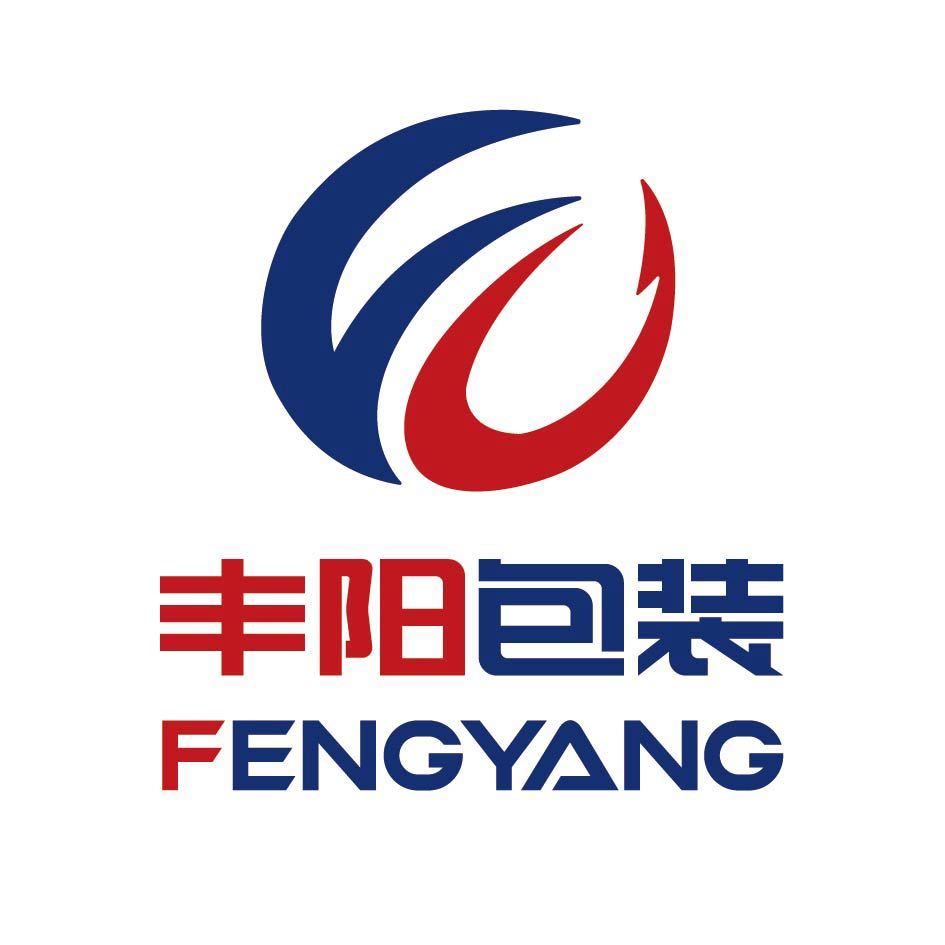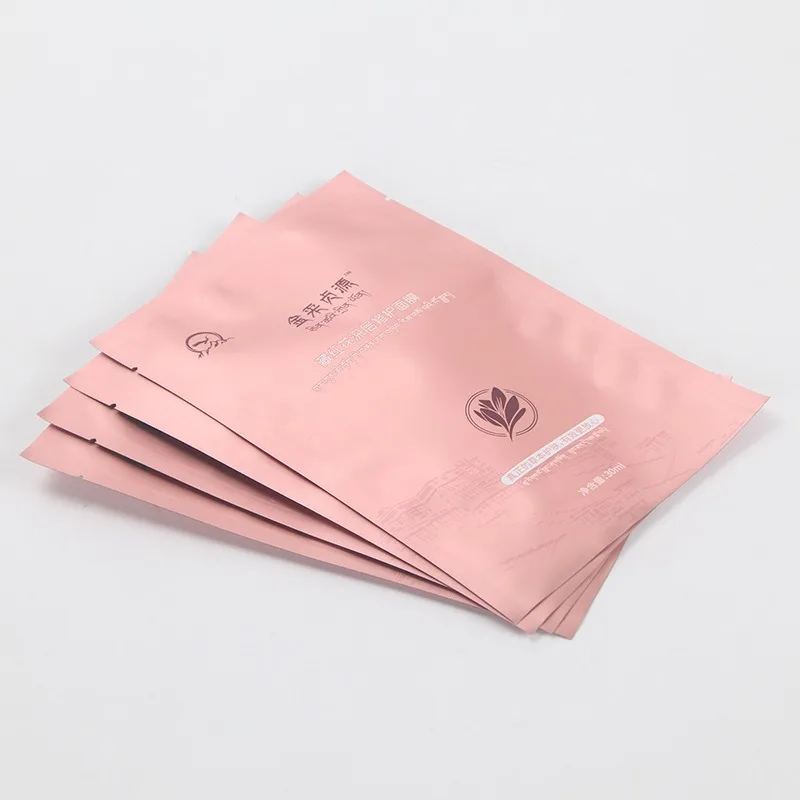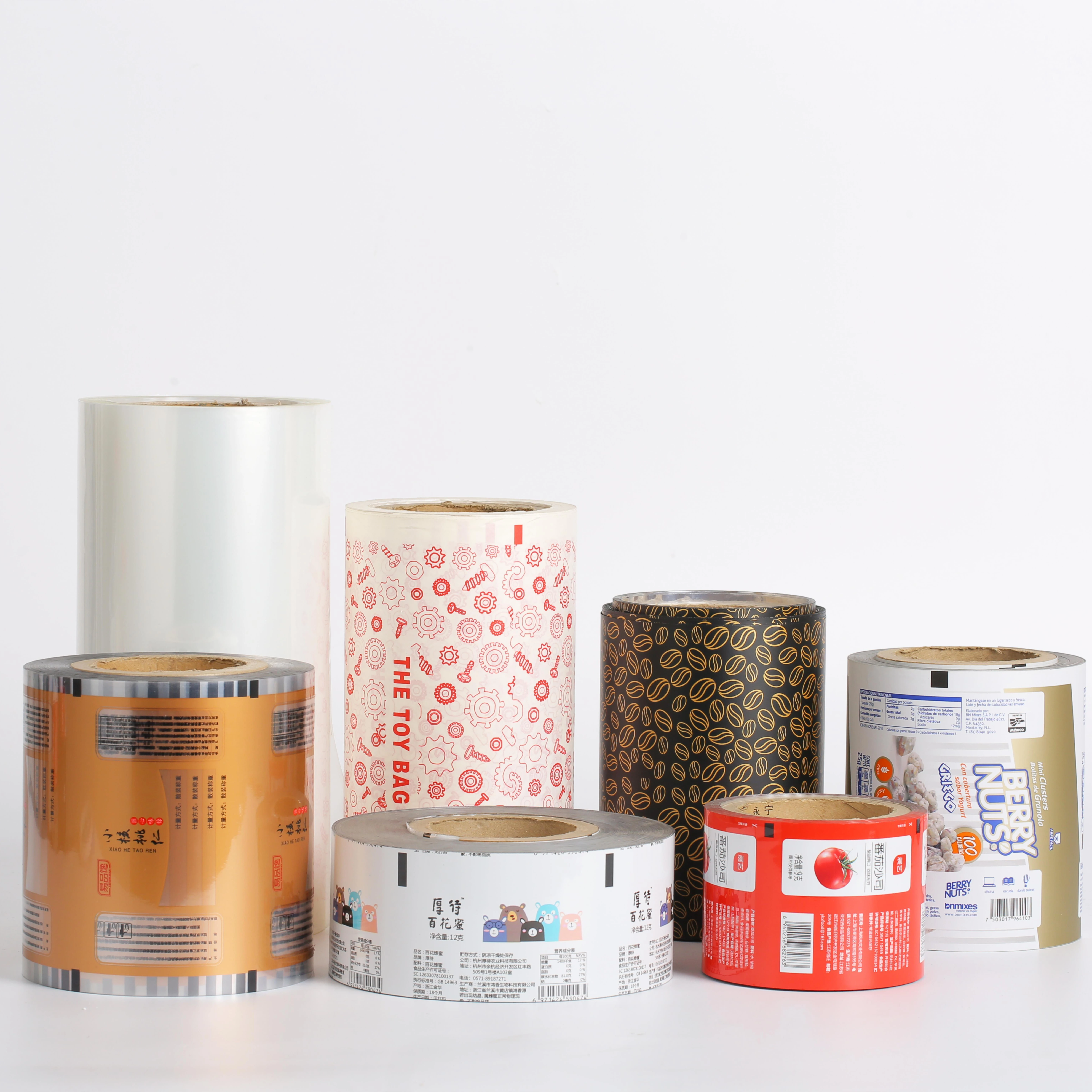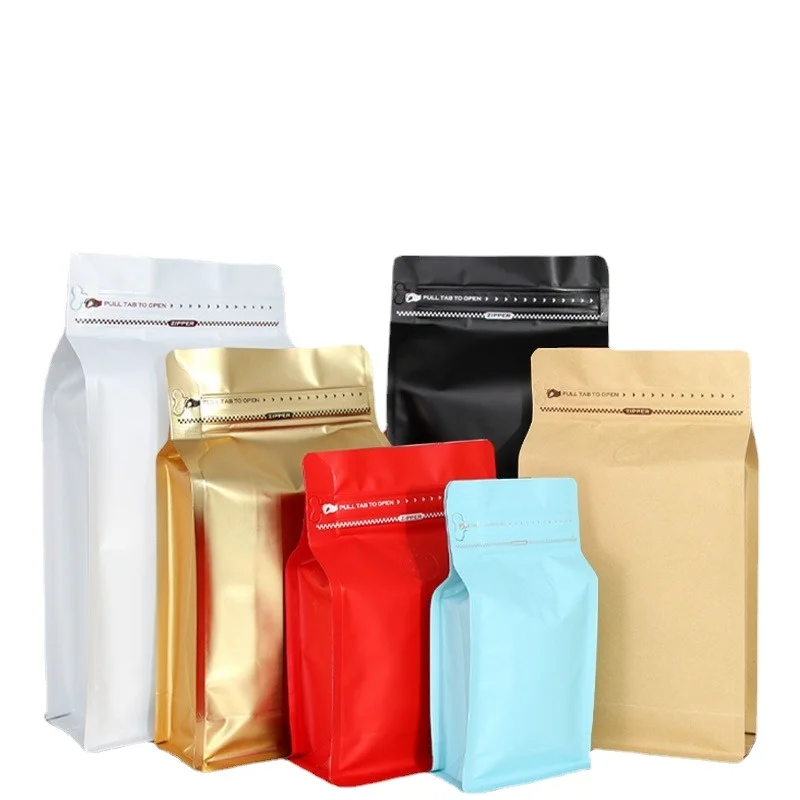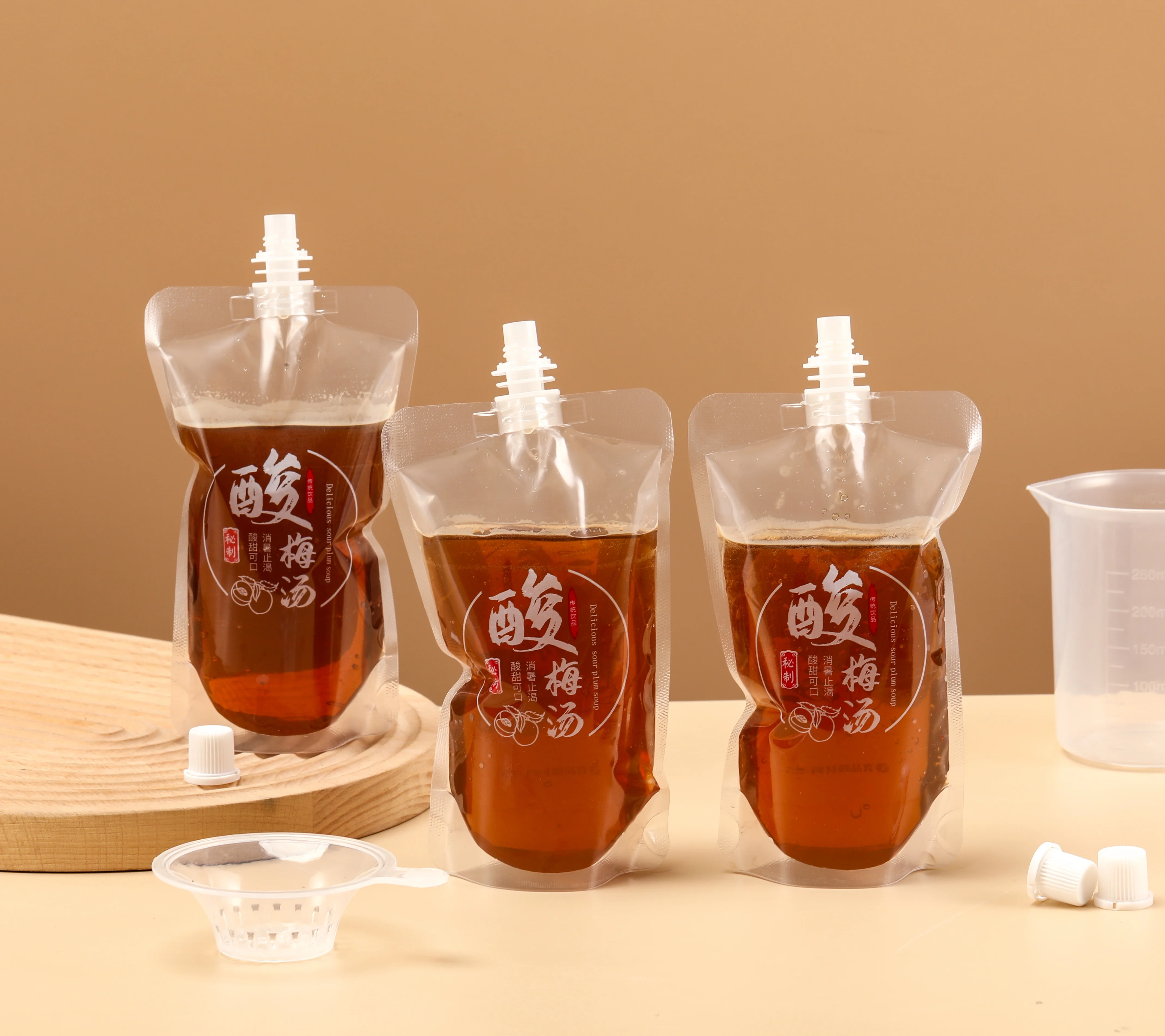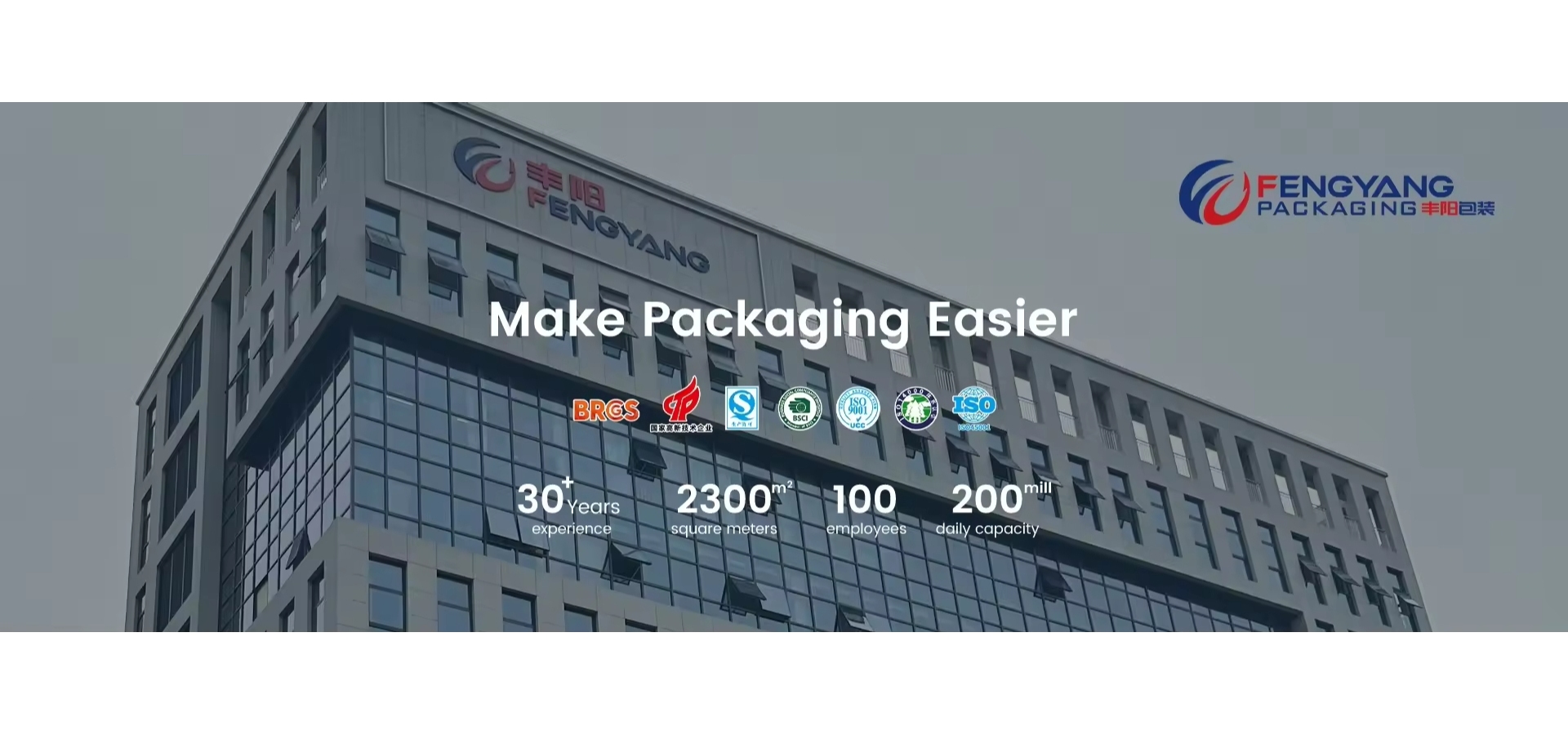
ABOUT
Wenzhou Fengyang Packaging Co., Ltd. is located in Cangnan County, Wenzhou City, Zhejiang Province, China's packaging and printing city. Founded in 2016, the company has a registered capital of 55.51 million yuan, an annual output value of 300 million yuan, a building area of 23000 square meters, more than 100 employees, a team of technical R&D engineers with 10 years of experience, and more than 10 patents for various packaging applications. It is a national high-tech enterprise in China and a technology-based enterprise in Zhejiang Province. The company has been focusing on the research and development and production of functional packaging products such as high barrier, light and heat avoidance, low-temperature freezing, high-temperature steaming, recycling, and degradability. The company has passed IS09001 quality management system certification, IS022000 food safety management system certification, etc. The products have passed multiple authoritative tests such as SGS,BSCI, and the materials comply with US FDA and EU standards. It is a technology-based manufacturing enterprise that integrates research and development, design, production, sales, and service.The company can support OEM, ODM customization, the main production of coffee bags, dog food bags, suction bags, self-supporting zipper bags. The company with excellent quality, good service, timely delivery to win the trust of customers at home and abroad.Thanks for the recognition of domestic and foreign customers, welcome to visit our factory at any time.
PRODUCTS
How to design a more beautiful coffee bag
Understanding Your Brand and Target Audience
Before even considering color palettes or typography, the foundation of any successful design lies in understanding the brand and its target audience. What is the brand's personality? Is it rustic and traditional, modern and minimalist, or something completely unique? Understanding this core identity dictates every subsequent design choice.
Equally important is understanding your target audience. Who are you trying to reach? Are they young professionals seeking convenience, seasoned coffee connoisseurs appreciating artistry, or environmentally conscious consumers prioritizing sustainability? Tailoring the design to resonate with the specific demographics ensures maximum impact and brand connection.
Choosing the Right Materials
The material of the coffee bag significantly impacts its aesthetic appeal and functionality. Traditional kraft paper offers a rustic charm, perfectly suited for brands emphasizing natural processes and sustainable practices. However, it might not be ideal for showcasing vibrant colors or intricate designs.
Consider alternatives like coated paper or laminated film for enhanced print quality and protection against moisture and oxygen, essential for maintaining coffee freshness. Sustainable options, such as compostable or recyclable materials, are also gaining popularity among environmentally conscious consumers and demonstrate a commitment to responsible practices. The choice should always balance aesthetic appeal with the practical requirements of preserving the coffee's quality.
Visual Elements: Color, Typography, and Imagery
The visual elements are the most immediate and impactful aspect of the coffee bag's design. Color psychology plays a significant role; earthy tones convey a sense of warmth and naturalness, while bold colors can express energy and vibrancy. The chosen colors should align with the brand's personality and resonate with the target audience.
Typography is equally crucial. The font style and size should be legible and reflect the brand's personality. A classic serif font might be suitable for a traditional brand, while a modern sans-serif font could better represent a contemporary brand. The font choice should be balanced with the overall design to ensure a cohesive and visually appealing result.
Imagery is often the most eye-catching element. High-quality photography or illustrations can depict the coffee beans' origin, the brewing process, or simply showcase the rich color and texture of the roasted beans. The imagery should be compelling, evocative, and consistent with the brand's story.
Layout and Information Hierarchy
A well-designed coffee bag effectively communicates essential information in a clear and organized manner. The brand logo should be prominent, easily recognizable, and positioned strategically. Key information, such as the coffee's name, origin, roast level, and brewing instructions, needs to be easily accessible and legible.
Consider a clean and uncluttered layout that prioritizes readability. A well-defined hierarchy, using variations in font size and weight, guides the consumer's eye to the most important details first. White space is also crucial; it prevents the design from feeling crowded and allows the visual elements to breathe.
Beyond Aesthetics: Functionality and Sustainability
While aesthetics are crucial, the bag's functionality and sustainability should not be overlooked. A resealable closure is essential for preserving coffee freshness and extending its shelf life. Consider incorporating features like a one-way degassing valve to release carbon dioxide, which can negatively affect the flavor and aroma of the coffee.
Finally, the use of sustainable materials and environmentally friendly printing methods demonstrates a commitment to responsible practices and resonates with an increasingly eco-conscious consumer base. Choosing recyclable or compostable materials not only reduces environmental impact but also enhances the brand's image as a socially responsible entity.
By carefully considering these aspects—brand identity, material selection, visual elements, layout, and sustainability—designers can create coffee bags that are not only aesthetically pleasing but also effective marketing tools, enhancing the consumer experience and strengthening brand loyalty.SUBSCRIBE
INQUIRY
